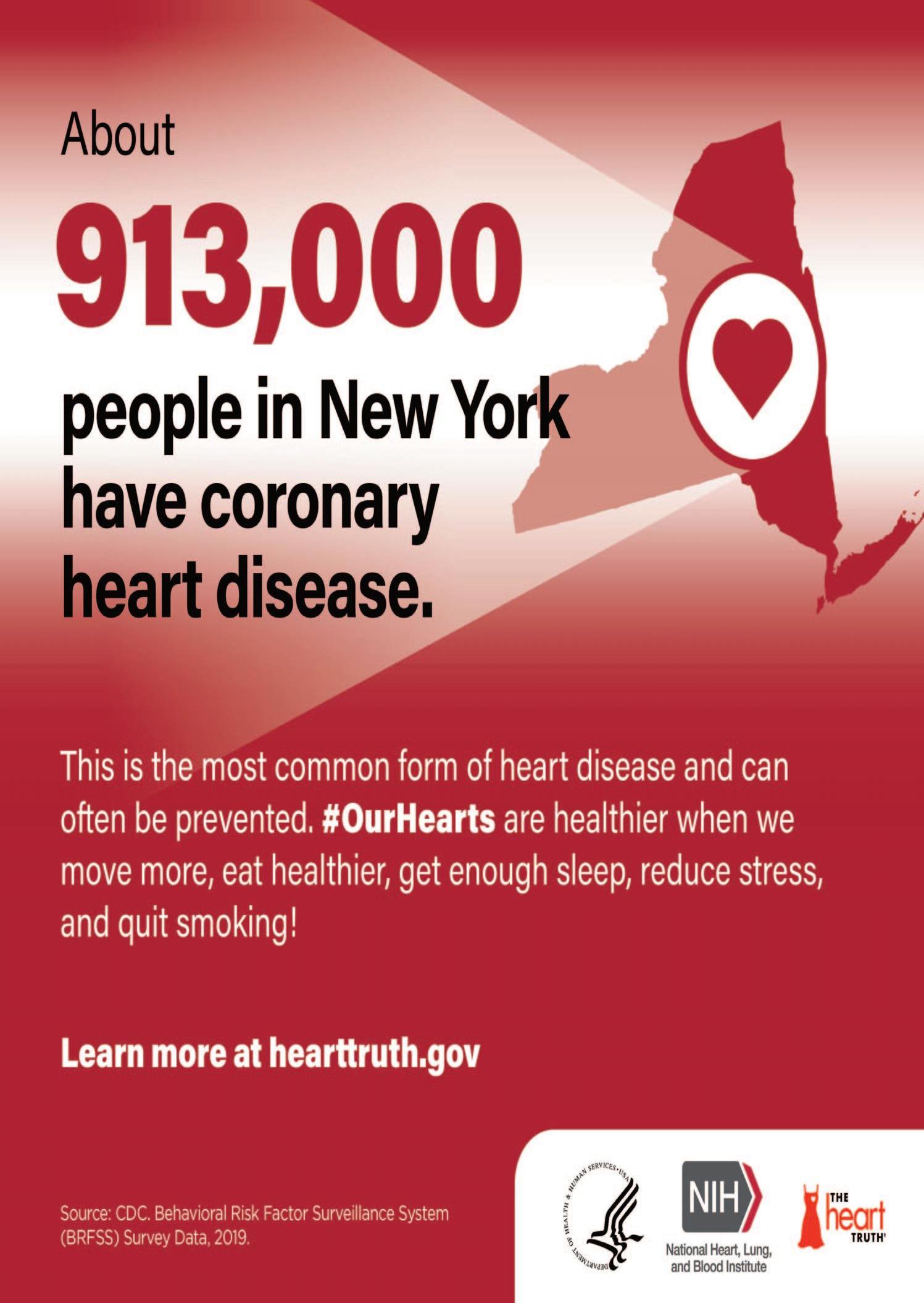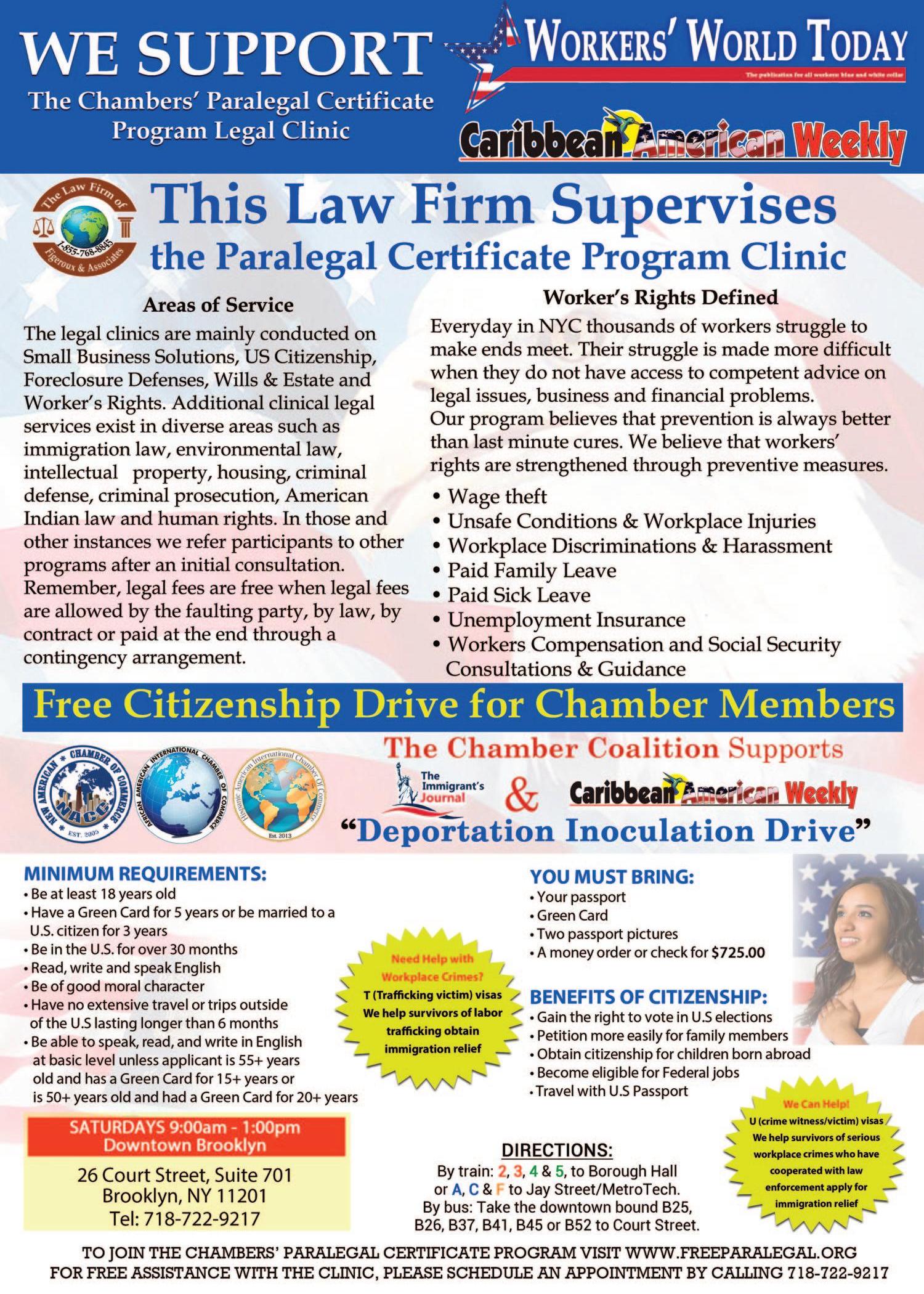
20 minute read
Love, Health & Travel
Work-life Balance in a Pandemic: A Public Health Issue We Cannot Ignore
BY DAVE COOK, ANNA RUDNICKA & JOSEPH NEWBOLD THE CONVERSATION
Advertisement
Before the pandemic, a common objection to remote working was the suspicion that staff would disengage and productivity levels would drop. But recent evidence suggests the opposite is true – working from home effectively means working more. In the UK, for example, many employees are reportedly putting in an extra two hours a day. It’s even longer in the US. Our survey also indicates that feeling fortunate to still be in work, the collapse of worklife boundaries, and the fear of being under surveillance from employers, have all led to people working harder for longer. Those juggling work and caring responsibilities are often struggling the most. A recent UK poll showed 71% of working mothers who requested furlough to look after their children were refused. The “sandwich generation”, those managing childcare and caring for older relatives, are also having a hard time. These factors all point to a future where overwork is normalised and work-life balance becomes nothing more than an aspiration. We must not allow this to happen. But what is work-life balance precisely? It is a term so frequently dropped into conversation that it can sound vague and open to interpretation. According to Anna Cox, a professor of human-computer interaction at UCL, it means “feeling in control of how you balance the various demands of all aspects of life to enable wellbeing and avoid illness”. It should involve “happiness, fulfilment and job satisfaction”. She adds: “Just because we can be connected to work all the time, doesn’t mean we should be. Policymakers need to take concrete action to protect workers’ rights to switch off.” Another disturbing trend that makes switching off so difficult is the emergence of socalled “bossware”, controversial software that some companies use to monitor employees, under the guise of “productivity enhancement”. In November 2020, there was uproar following reports that even Microsoft 365 gave bosses the ability to measure email activity and the use of shared documents. Bossware – even the fear of it – encourages a culture of overwork. In our survey of 500 UK workers, respondents told us of their concerns over privacy during video calls, regularly interrupted personal time and the constant pinging of work notifications. One worker explained: “If I leave at 12.30 for a lunchtime walk, and later see my boss messaged me on Slack at 12.35, my heart sinks.”
Take a break
Our work, as part of the eWorkLife project, also included in-depth interviews to investigate the transition to remote working. Another finding was that social norms around taking breaks from work – a colleague inviting you out for coffee or lunch –are vanishing. Expectations for workers to be available 24/7 were accelerating before the pandemic and, unchecked, they will become the norm. It is vital to establish flexible social rituals around taking short breaks throughout the workday. But workers will gradually lose these healthy habits unless companies create work cultures and clear policies that encourage staff to take breaks. The government needs to take action to tackle these rapid social shifts, which should not be left to individual workers to navigate. And although some companies are leading the way by regularly surveying employees, this is not the norm. Instead, trade unions are publishing research and pressing for change. (White-collar workers might feel joining a union is stigmatising, yet the pandemic has shown that any job can be precarious.) And when high-profile bosses talk of workers “playing the victim card” it’s little wonder staff feel voiceless. The immediate policy response should be to temporarily force companies to accept furlough requests for those with caring responsibilities. Companies should also be strongly encouraged to update or publish flexible working policies. Shockingly, 60% of US companies still haven’t shared their remote working policies, and workers at all levels have had enough of inaction. One executive who quit due to spiralling workload confided to us: “Sure, employers are under huge pressure to survive this pandemic. But asking staff to carry the brunt through inhuman productivity rates is unsustainable.” A change of approach is essential. Since the arrival of the pandemic, large numbers of people are working longer and harder. And even with increased rates of vaccination, home working in some form is surely here to stay. Ensuring it continues in a balanced way should not a responsibility that rests entirely on individuals. The EU is now rightly urging its member states to implement policies that support work-life balance and the right to disconnect, and the eWorkLife project is urging the UK Government to take similar steps. Achieving a work-life balance is not just a worthwhile goal – it is an essential one. It is vital for mental health, physical health, and long-term economic success – and a task at which governments and businesses should be working much harder.p

Dave Cook is a PhD Candidate in Anthropology, UCL. Anna Rudnicka is a Research Fellow, UCL. Joseph Newbold is a Lecturer in Human-computer interaction, Northumbria University, Newcastle
Montserrat to Launch a Remote Workers Travel Show
Montserrat Moves Host Stevika Rodney. Photo: OECS Press
Brades, Montserrat: Why should you work remotely from Montserrat? On February 17, the Government of Montserrat will launch its new travel and tourism show called Montserrat Moves. The show will be used to promote Montserrat’s new Remote Worker Stamp and will feature remote workers’ stories, interviews with local entrepreneurs and government officials, as well as tips about travelling to, living in, and working from Montserrat. “Montserrat has several unique attributes that make the Remote Worker Stamp attractive including safety, good mobile penetration, good internet connectivity, an adequate health care system and a high standard of education and public service. These things collectively give us an opportunity to enter the market with this particular initiative to promote and elevate Montserrat’s position as a world-class destination for leisure and business travel,” said Dr. The Hon. Samuel Joseph, Deputy Premier and Minister of Communication, Work, Labor and Energy (MCWLE). “The new show is one of the many marketing tools that Bass Consultancy Services has employed to date, to promote the Stamp and Montserrat,” he added.p

5 Healing Shame Exercises to Help You Show Up More Fully
BY CARLY GOLDSTEIN-SCHU, LMFT ESTES THERAPY
Ispend so much of my life thinking about shame and all of the ways it impacts our lives and relationships. I see the presence of shame in my therapy office (or on my screen, via Telehealth therapy) often. It shows up in my own life, too. In fact, I’ve yet to meet another human who doesn’t have a close, personal relationship with shame. Shame is a palpable thing. There are many signs of shame in a person: I see it in slouched posture, avoiding eye contact, fidgeting hands, hugging and hiding behind pillows to create physical distance. Shame is a shrinking sensation. Shame is the thing that sustains suffering, because it convinces us that if anyone sees the messy, dark, scary parts of us, we will be unsafe, unlovable, unsuccessful, and wrong. In fact, shame often keeps people away from counseling and other types of support. Therapy is all about being truly seen and heard, and shame wants nothing less than to be seen and heard. Shame wants us to be hidden and alone.
Guilt vs. Shame
When I talk about my working definition of shame, I like to contextualize it in my working definition of guilt. Guilt is our North Star. It is a compass. Guilt is that feeling inside that says, “I acted out of line with my character, and I need to make a change.” Guilt shows us where we’re out of integrity and gives us a nudge to get back in alignment. Guilt says, “I am not bad, but I did something that isn’t okay. I must do better.” Guilt is certainly not a pleasant or comfortable feeling, but it’s an important one. It is not debilitating. It is temporary and eases as soon as we make amends, take accountability, and change our behavior. If guilt is our North Star, then shame is a black hole. Shame sucks us into heavy darkness, where no light can get in and no light can escape. Shame says, “I am bad. I am broken. What’s the point?” It says, “I did something bad, therefore I am bad.”
Pride & Shame
Shame also has a really interesting relationship with Pride. Think of Shame & Pride as flip sides of the same coin. Most of us have experienced people in our lives who flip-flop between deep shame and seemingly egotistical pride. It’s the switch between “I’m not good enough” and “I’m better than all of those people.” On the surface, this can look confusing and strange. In reality though, it makes perfect sense. Shame and Pride serve the same function: They are hiding places. Shame says, “I’m not as good as anyone else, so I don’t really have to show up in vulnerable ways.” Pride says, “I’m better than everyone else, so I don’t really have to show up in vulnerable ways.” Shame and Pride look different, but keep us protected from real vulnerability. It can feel scary to show up in our lives with both confidence and humility, boldly stepping into our emotions and humanity, knowing we will get things wrong. So instead, we choose the hiding place of Shame or the hiding place of Pride, or we run back-and-forth between the two.
The Impact of Shame
Now that we’re on the same page about what shame is, let’s talk about the impact shame has on our lives. I probably don’t have to convince you that shame is unpleasant. We all know what shame feels like. It is lonely, defeating, and so continued on page 25

Available at Amazon.com Available at Amazon.com Are you looking to get into the health & wellness business?

Contact:



Stacy Young Board Certified Holistic Health Coach Tel: 917-459-8431
Healing Shame/
continued from page 22
painful. However, shame doesn’t just feel uncomfortable for us. In fact, when we’re in our shame, the people in our lives lose us. It keeps us cut off from connection and community. It makes us completely inaccessible to our partners, families, friends, and communities. We get sucked into that black hole and we become unable to hear and acknowledge the pain of those we love. We become incapable of taking accountability when we’ve done wrong. We wind up making someone else’s hurt all about us. This is actually an incredibly common theme in both individual therapy and couples therapy: One person’s shame pulls them offline from their partner. That is not a fun place to be. So what do we do about it?!
Healing Shame Exercises
Shame is like a cockroach. When we shine the light on it, it flees. In order to get rid of shame, we have to pull the shameful stuff into the light. Here are 5 healing shame exercises to help you step outside of shame when it shows up.

1. Therapy
Both individual therapy and couples therapy are amazing ways to begin healing shame. Therapy is a focused, intentional space where you get to be seen, heard, and supported by someone who believes in you and wants you to be your best self. Good therapy will help you step outside of shame and more fully into your life.
2. Opening up to a trusted loved one
This one will probably feel scary. Like we discussed, shame wants us to hide. It takes a massive amount of courage to open up to a loved one about something we hold shame around. However, when we open up to someone we love and trust, shame goes away. Here’s a tip: When you open up to someone, clearly communicate what you need from them. Do you need reassurance? Validation? A hug? Be clear with them so they can support you in a way that feels good.
3. Online forums
Especially during COVID-19, online forums and social media are fantastic (and socially distanced!) ways to connect with other people who may be experiencing something similar to what you’re experiencing. The experience of community is an antidote to shame.
4. Affirmations
Spend some time each day on affirmations. When shame shows up, talk back to it. Try one of these affirmations: “I am whole and lovable;” “I am allowed to make mistakes;” “I am allowed to show up in my full, imperfect humanity;” “I am enough.”
5. Inner child work
Imagine that shame voice as a scared younger part of you. If it’s hard to visualize yourself, visualize someone in your life who you feel compassion toward. Then, imagine that person feeling the same shame you’re carrying around. Imagine what you’d say to them. It might sound something like, “I know you’re going through xyz. I still care about you and love you. You’re safe with me.” Healing shame is not an easy process, but the more we practice it, the easier and less scary it becomes. If you take away nothing else from this article, please remember that you are not alone in your shame. The rest of humanity is right there with you.p Here at Estes Therapy we like to put our minds together and collaborate on pieces in order to get the best content for our readers. So when you see a post by “Estes Therapy” it means we all worked together to provide even more well rounded information on these topics from the differing experiences and viewpoints of the team!


February 2021 25 Love, Health & Travel
Planning for Advanced Heart Failure
An important part of shared decision-making in advanced heart failure is to clarify what you would want done when future events occur – including unexpected ones. Would you want a feeding tube? CPR? Would you want a tube placed down your throat to help you breathe? The process of anticipating future scenarios and communicating your preferences is called advance care planning. It allows you to speak for yourself, even when you can't. It also helps your family make decisions according to your priorities.
Advance care planning involves:
•Learning what health decisions you may have to make in the future •Thinking about your goals and preferences •Discussing what is important to you with your family and doctor •Documenting your plan in an advance directive, which can be updated if your wishes change
Care at the End of Life
Talking about and actively preparing for end of life can be upsetting. Even though you can't control when you die, you can make plans to control many aspects of the dying process.
In advanced heart failure, care options at the end of life include:
Turning off an implantable cardioverter defibrillator (PDF): Electrical shocks from an ICD can cause unnecessary suffering for patients and families near the end of life. The shock function of an ICD can be deactivated, or you may choose not to receive a new battery when the current one expires.
Turning off a mechanical
heart pump: A decision must be made about when to turn off a left ventricular assist device (LVAD) at the end of life. A thoughtful discussion and careful plan about when you would want to discontinue LVAD support should be part of the decision-making process before the device is implanted. ily to develop a personalized care plan based on your goals and needs.

Hospice care: When the transition is made from quantity of life to quality of life, hospice care provides comfort and support to advanced heart failure patients and their families. Hospice care services are often provided in the home by a team that includes a doctor, nurse, therapist, social worker and other professionals. They work with you and your fam-
Hospice care services may include:
•Medical care to manage symptoms (the hospice nurse and doctor are on call 24 hours a day to provide care) •Emotional and spiritual counseling •Physical and occupational therapy to help a person develop new ways to perform daily tasks, such as getting dressed, taking a shower and moving safely around the house •Art therapy, music therapy and other complementary therapies •Respite care to provide a break for caregivers and families •Home health aides to help with bathing, grooming, eating and other personal health needs •Help with insurance, legal documents and other practical issues •Trained volunteers who provide a variety of support services, such as babysitting, running errands and preparing meals •Bereavement support and counseling for caregivers and families
Making plans for how you want to spend your remaining life can be tough. But difficult discussions now can simplify difficult decisions later.p
-American Heart Association
Palliative care
The goal of palliative care is to help patients live better by relieving symptoms and improving quality of life. Receiving palliative care, which isn't the same as hospice, doesn't mean you have to stop heart failure treatment. Palliative care can be provided when you need it, no matter the stage of illness.
Palliative care can provide:
Relief of pain and symptoms of heart failure Emotional and spiritual support for you and your family Help with making complex treatment decisions Assistance with practical issues, such as advance directives or insurance Support services for caregivers, such as respite care and grief counseling Members of the palliative care team may include a doctor, nurse, social worker, chaplain, physical therapist, occupational therapist, dietitian and psychologist. These professionals can become a part of your healthcare team, just like your cardiologist and other physicians.
Wills, Trusts & Nursing Home Asset Protection
Learn how to Protect your Assets and Provide for your Loved ones

Get Answers to Start Your Estate Plan
At this consultation, we will discuss issues that include:
Nursing home costs- the myth of the 昀ve year look back The advantages of Wills, Living Trusts & Probate How to maintain your privacy and protect your estate if you become disabled (Hint: Not all Powers of Attorney are valid) Why putting property in children’s names may be a mistake Protect one’s spouse when the other needs nursing home care Preserve your estate for your kids if your surviving spouse gets married How Probate works and more importantly, how to avoid probate How you can qualify and use Medi-Cal to pay for nursing home expenses Provide for special needs (disabled) children and grandchildren How you may be able to minimize federal and state taxes Get your FREE CONSULTATION

Dissident Democrats Furious Over Endorsement of Brooklyn Judge Accused of Cheating Home Aide
BY GREG B. SMITH THE CITY
Dissident members of Brooklyn’s Democratic leadership on Wednesday blasted the way the party pushed through an endorsement of a judge accused of cheating a home care worker out of thousands of dollars of wages. The Kings County Democratic Committee held an urgent and private endorsement session via Zoom Friday after THE CITY made an initial inquiry about Judge Dweynie Paul’s candidacy. The jurist — the candidate preferred by the committee’s leader, Assemblymember Rodneyse Bichotte — won the party’s nod for a Surrogate’s Court judgeship. That vote came days before THE CITY revealed that Paul, a sitting civil court judge, had been sued by a home care worker who said she’d been paid well below minimum wage to assist the jurist’s aging mother. “It’s a complete injustice,” Kristina Naplatarski, a Democratic district leader in Brooklyn. “It’s completely unfair.” The suit charged that between November 2013 through December 2016, Paul violated state labor laws by

Judge Dweynie Paul Paul for Surrogate 2021/Facebook
failing to pay the worker, Marie Coffy, overtime. For more than a year, Coffy monitored the judge’s mother 24 hours a day, five days a week, with her pay coming out to $2.29 an hour, the suit alleges. Paul allegedly owed Coffy more than $264,000 in wages. The parties settled the lawsuit in 2017 and the terms were not disclosed. Through a spokesperson, Paul said the arrangement with Coffy was made by her mother, a retired nurse who has since passed away. The state’s highest court has ruled that it’s legal for home care workers to be paid for just 13 hours of a 24-hour shift, on the assumption that they get eight hours sleep and three hours for meals. Workers say that’s all but impossible given their duties.
GREEN CARD SLAVERY?

Don’t put up with ABUSE anymore! Whether married or not, whether your spouse is a U.S. citizen or Green Card Holder, we can get a Green Card for you and your children PLUS a divorce. Call 718-222-3155 now for a FREE consultation!
An ‘Outrageous!’ Tweet
On Wednesday, Naplatarski, a member of the party executive committee charged with deciding endorsements for district attorney and Surrogate’s Court and Supreme Court judgeships, criticized the process for backing candidates. She said members were given only short notice and were provided no information about the candidates before Friday’s emergency meeting, which was held in executive session — out of the public eye. “We had no knowledge of the lawsuit [against Paul]. Were other district leaders informed? I’m not sure. I was not given any information about it,” Naplatarski told THE CITY Wednesday. “It’s pulling the wool over district leaders’ eyes before taking a vote.” Paul is a former campaign manager for Bichotte, who is the leader of the Kings County Democratic Committee. As THE CITY reported, Bichotte told other district leaders before the endorsement meeting that Paul was her choice for Surrogate’s Court. Naplatarski and another district leader who spoke to THE CITY on the condition of anonymity questioned why they weren’t given an opportunity to interview the candidates pre-endorsement. The party has a screening committee, but it provided no details about the backgrounds of the Surrogate’s Court judge candidates — Paul and Acting Supreme Court Justice Rosemarie Montalbano — other than saying both were “qualified,” Naplatarski said “We do not know anything about what happened in that screening panel,” she added. District Leader Julio Pena said on Twitter Wednesday that the committee leadership limited district leaders to 30 seconds each to speak before the Surrogate’s Court endorsement. He wrote that he tried to request more time, but the chair of the virtual session, Bichotte, didn’t recognize him. “Outrageous!” he tweeted.
A Powerful Patronage Role
The endorsement is a clear boost for Paul. She can now expect the party will use its political muscle — including its fundraising network — to get her elected. She held a major fundraiser on Feb. 11, although the contributors aren’t yet known because campaigns aren’t required to disclose this information until May — just weeks before the June 22 primary. A spokesperson for the Kings County Democratic Committee did not respond to a request for comment about the endorsement process. In 2016, Paul was elected to Civil Court in Brooklyn with the Kings County Democratic Committee’s support. She has since been temporarily assigned to sit in Queens Family Court. Surrogate’s Court judges, who are elected to 14-year terms, have the power to give out lucrative estate cases to lawyers favored by the party. It’s a patronage platform that dates to the days of Tammany Hall.p
This story was published on February 24, 2021 by THE CITY.
GET YOURSELF ON THE PATH TO U.S. CITIZENSHIP TODAY!

This Citizenship Program does not apply to anyone who has ever been arrested since getting their Green Card.





